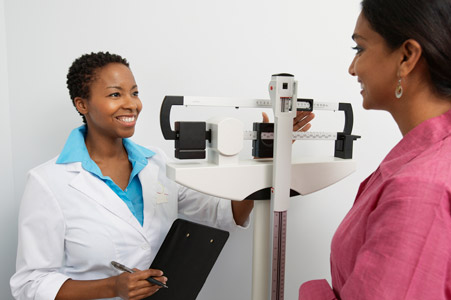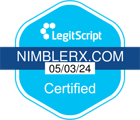


How to Talk to Your Doctor About Starting GLP-1 Therapy
Starting a new therapy can be daunting, especially when it comes to managing a chronic condition like diabetes. GLP-1 therapy, which stands for glucagon-like peptide-1, is a treatment option increasingly used to help control blood sugar levels in people with type 2 diabetes. However, initiating this therapy requires a thoughtful discussion with your healthcare provider. In this blog, we'll delve into how to effectively communicate with your doctor about starting GLP-1 therapy, ensuring that you're empowered and informed throughout the process.
Before approaching your doctor about GLP-1 therapy, take some time to reflect on your health goals and concerns. Are you struggling to manage your blood sugar levels with your current treatment plan? Are you experiencing bothersome side effects from other medications? Understanding your own needs and priorities will help guide the conversation with your doctor and ensure that GLP-1 therapy is the right choice for you.
Knowledge is key when it comes to discussing treatment options with your doctor. Take the time to research GLP-1 therapy, including how it works, potential side effects, and its efficacy in managing diabetes. Reliable sources of information include reputable medical websites, diabetes organizations, and peer-reviewed journals. By familiarizing yourself with the basics of GLP-1 therapy, you'll be better equipped to ask informed questions and engage in meaningful discussions with your doctor.
Don't hesitate to bring up the topic of GLP-1 therapy during your next doctor's appointment. Remember, your doctor is there to support you in managing your diabetes and will appreciate your proactive approach to your healthcare. You can start the conversation by expressing your interest in exploring new treatment options and mentioning that you've been reading about GLP-1 therapy. Be honest about any concerns or reservations you may have, and be open to your doctor's input and expertise.
During your discussion with your pharmacist, don't be afraid to ask questions. Clarify any aspects of GLP-1 therapy that you don't understand, and inquire about how it compares to other treatment options available to you. Some questions you may want to consider asking include:
- How does GLP-1 therapy work, and what are its potential benefits for me?
- Do my current medications have any drug-drug interactions with GLP-1s?
- What are the common side effects associated with GLP-1 therapy, and how can they be managed?
- How often will I need to take the medication, and what is the recommended dosage?
- Are there any lifestyle changes I should consider in conjunction with GLP-1 therapy?
- How soon can I expect to see improvements in my blood sugar levels with this treatment?
By asking thoughtful questions, you'll gain a clearer understanding of what to expect from GLP-1 therapy and how it fits into your overall diabetes management plan or as a tool for weight management.
The information on this site is for informational purposes only and should not replace direct medical advice, diagnosis, or treatment from your doctor or another qualified healthcare provider.
Sources:
“GLP-1 Agonists.” The Cleveland Clinic.
“GLP-1 agonists: Diabetes drugs and weight loss.” The Mayo Clinic.



















.jpg)





















.jpg)








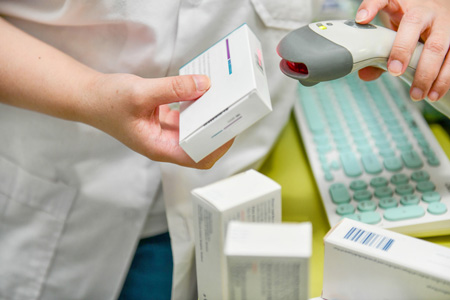
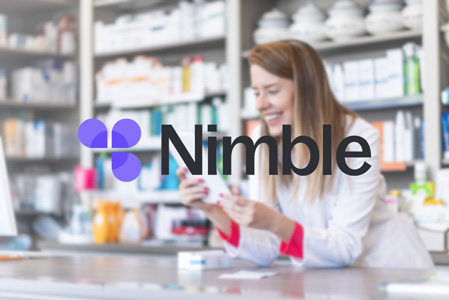




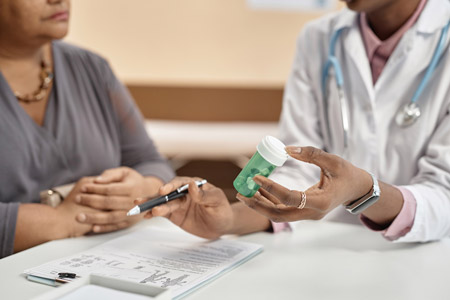


.jpg)
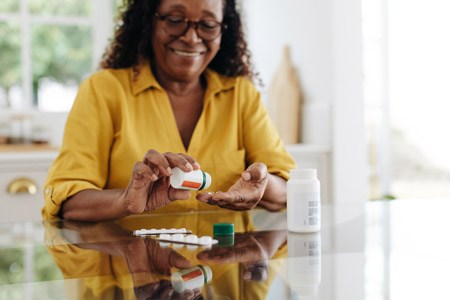



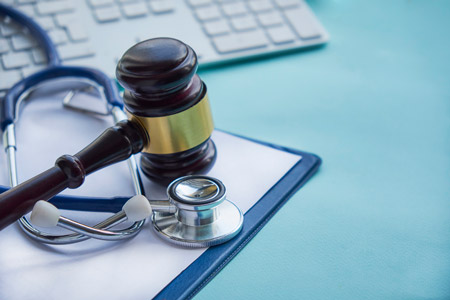
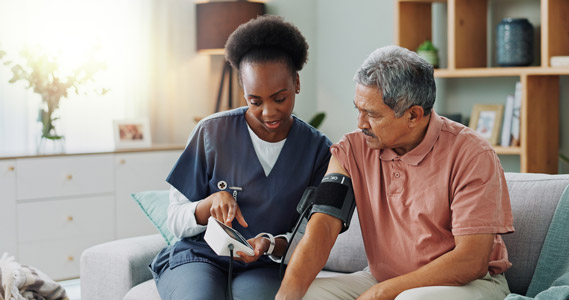












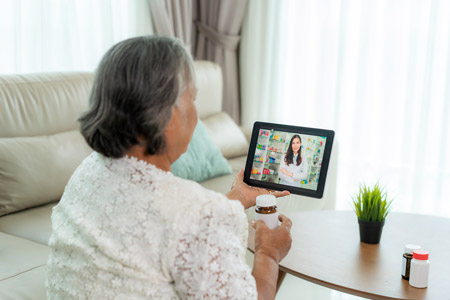







.jpg)
.jpg)
.jpg)


